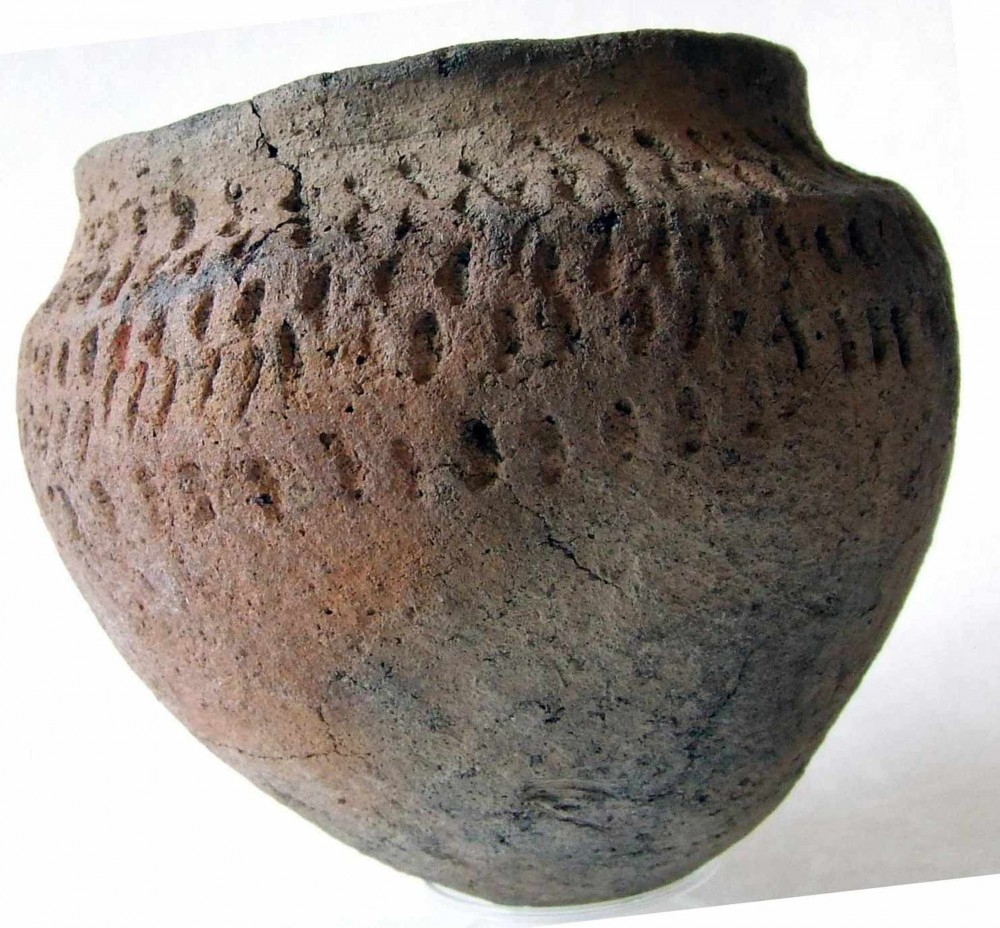
Geneticists now maintain that the massive migration of Yamnaya culture people to the west lead to the formation of Corded Ware cultures and thereby to distribution of Indo-European languages in Europe. Yet the most intensive genetic contribution of supposedly population of Yamnaya culture appears not close to this culture but in the remote Northern brink of Europe, i. e. on maximal distance from Yamnaya.
The author substantiates that Yamnaya cannot be the source of Corded Ware cultures. As it follows from V. Heyd’s meticulous studies (just a partisan of Yamnaya migration), the kurgan antiquities in the Hungarian steppes are divided in two parts: one is Eneolithic culture (or cultures) dated to the IV mill. BC and as distinct from Yamnaya as the Eneolithic cultures of Ukrainian steppes (Lower Mikhaylivka and Kvityana), while the other is Early Bronze Age culture of the III mill. and it has the same burial custom as Yamnaya but completely different ceramics — flat-bottomed and local one. Western archaeologists consider this culture as Yamnaya but I suggested long ago to hold this culture as not Yamnaya and to give it a separate name. Now S. N. Ivanova, the most authoritative Ukrainian specialist in Yamnaya culture, accepts my suggestion and calls this different unit Budzhak culture.
Corded beakers and amphorae in this culture occur but find no prototypes in the same culture. So these are simply imports or borrowings from simultaneous Corded Ware cultures.
Source: Klejn L.S. (2017). Yamnaya, not Yamnaya (review of current studies on kurgan graves of the Danube region). Stratum Plus. № 2: 361-376
Source web-site: https://www.e-anthropology.com/English/Catalog/Archaeology/STM_DWL_0sKc_N70GWpwBQSCe.aspx
Number of views: 3913